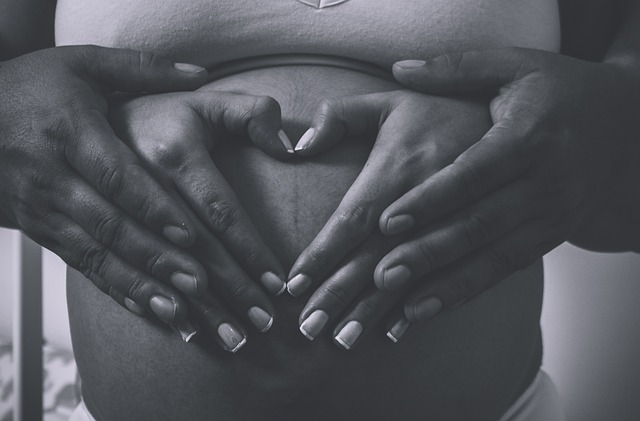Recently, my eldest daughter decided to embark on an adventure and went skydiving with her friends. While they jumped from a perfectly functional airplane, I, along with her father, anxiously monitored our phones from two hours away, waiting for confirmation of her safe return.
This scenario encapsulates the essence of parenting. The moment I became a parent, my focus shifted entirely to keeping that little one safe. Yet, almost immediately, my children seemed to find endless ways to put themselves in harm’s way.
I took every precaution: installed outlet covers, secured car seats, locked up hazardous materials, and engaged in discussions about personal safety regarding strangers, the internet, drugs, and relationships. Despite my vigilance, my kids still managed to get hurt—broken bones from fallen bikes, minor accidents with the car, and youthful decisions that left me shaking my head. From their initial steps, often leading directly into furniture, to scraped knees from daring bike rides, much of parenting has felt like a frantic attempt to wrap them in safety, only to see them shed it like a cloak.
Have you ever felt like the worst parent? Trust me, you’re not alone. You can find relatable stories in our new free ebook, THE MOM CLUB: 10 Stories to Make You Feel Like a Better Parent.
Once, I put my three-month-old down for a nap, only to find myself trapped upstairs while painting window frames. My husband had come home briefly for lunch and inadvertently locked the door behind him. Panic set in as I realized I was cut off from my baby without a phone. I contemplated the potential consequences of jumping out the window. My desperate attempts to break down the door were fruitless. Ultimately, I resorted to yelling for help at a teenager playing basketball nearby, who thankfully rushed in to rescue me (clearly, his parents had skipped the “Stranger Danger” talk).
This child, who once locked herself in her room as a toddler, left me on the other side of the door, fingers touching beneath the barrier as I fumbled for the key. There is no more agonizing feeling for a parent than being unable to reach a child in need.
Parents of chronically ill children experience similar helplessness as they watch their little ones face daunting procedures. Those who grapple with international adoption delays or share custody with irresponsible ex-partners face their own forms of anguish. Each parenting journey is unique, but the underlying truth remains: we seldom read the fine print before diving in.
A friend recently expressed her anxiety over leaving her child at college and her fear of being unable to protect her. I can relate, especially as my daughter prepares for a semester abroad. News of global events can certainly amplify those fears. However, as Marianne Williamson wisely states, “Love is what we’re born with; fear is what we learn here.”
Parenting inherently involves risk. From their first moments, we engage in a delicate dance, balancing closeness with the necessity of independence. Our ultimate goal is to prepare them for the world, even if that means stepping back occasionally.
I grew up in a time when safety was often an afterthought—we rode bikes without helmets and drank straight from garden hoses. I advocate for experiences that may feel risky: running barefoot, riding horses, climbing trees, and pushing boundaries. Yes, there are moments of panic when we can’t shield our children from every potential danger. But we must resist the urge to overly prioritize safety in a world that thrives on fear. Why has failure become so stigmatized? It’s often through failure that we learn and grow.
The positive outcomes of risk-taking are where personal growth, creativity, and meaningful connections flourish. Sometimes, we must let go of the metaphorical bike and allow our children to ride freely.
For more insights on this topic, check out our other blog post on navigating the journey of artificial insemination, and visit this link. Additionally, for authoritative information on home insemination, consider looking at this resource and this Wikipedia page, which provide excellent resources for understanding pregnancy and insemination.
In summary, embracing risk can lead to profound opportunities for growth and connection in our children’s lives. As parents, it is crucial to find a balance between protection and independence, allowing our children to explore and learn from their experiences.
Keyphrase: Embracing Risk in Parenting
Tags: [“home insemination kit”, “home insemination syringe”, “self insemination”]
